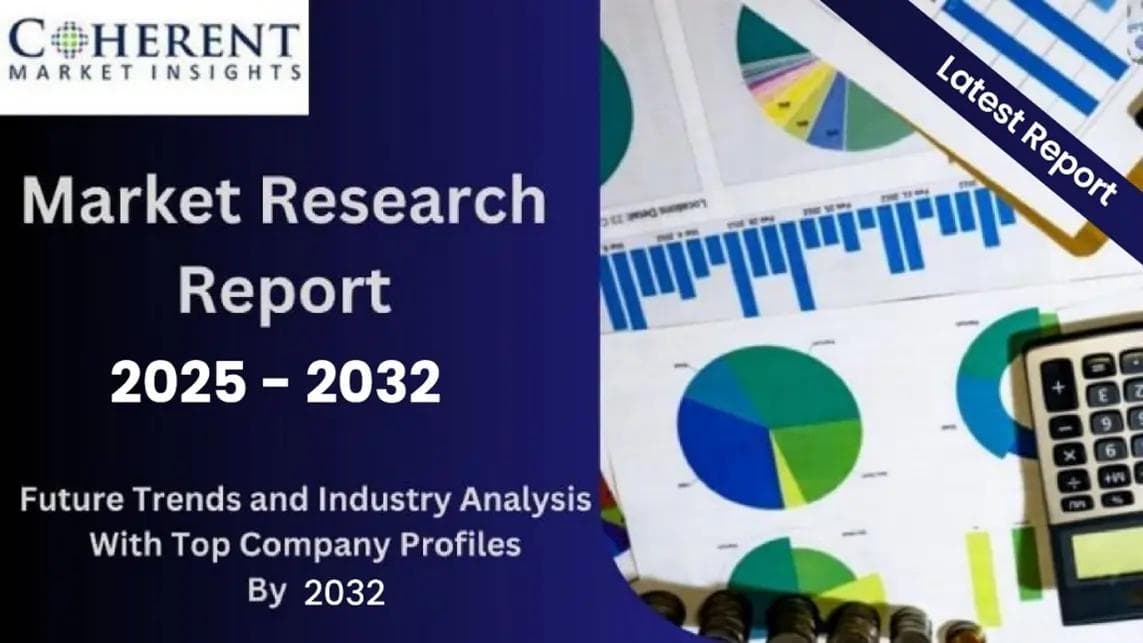The global secure messaging in healthcare market is projected to reach US$ 701.1 million in 2024 and is expected to grow at a CAGR of 17.4% from 2024 to 2034. By 2034, the market size is anticipated to expand to US$ 3,501.6 million.
Secure messaging in healthcare offers numerous advantages for both patients and healthcare providers. It facilitates remote, personalized care for patients while ensuring enhanced security and reduced fraud for providers. As digital healthcare communication becomes increasingly essential, the demand for secure messaging solutions is expected to rise significantly.
The growing necessity for secure messaging stems from the need to exchange sensitive health information through compliant messaging applications. These platforms help patients communicate with healthcare professionals, share medical records securely, and receive remote medical assistance—all while adhering to stringent privacy and security regulations.
Beyond convenience, secure messaging enhances security and minimizes fraud risks. By enabling remote communication, it reduces the dependency on in-person visits, which are often susceptible to fraudulent activities. Additionally, these platforms allow healthcare providers to verify patient identities quickly and accurately, mitigating risks related to identity theft and other forms of fraud.
For More Insights into the Market, Request a Sample of this Report: https://www.factmr.com/connectus/sample?flag=S&rep_id=9465
Factors Driving the Growing Demand for Secure Messaging in Healthcare
1. Increasing Need for Protection and Safety of Patient Data
The healthcare industry is facing rising concerns over data security due to the increasing risk of unauthorized access and cyber threats. This has led to the widespread adoption of secure messaging solutions, which allow healthcare professionals to securely send and receive patient information while ensuring privacy and confidentiality.
As data breaches become more prevalent, the demand for secure messaging solutions continues to grow, driving market expansion. These solutions not only enhance data protection but also improve operational efficiency and elevate patient care standards. Furthermore, the increasing reliance on mobile devices among healthcare professionals has amplified the need for secure messaging, enabling seamless and secure access to patient data from any location.
2. Introduction of Secure Messaging Platforms for Wearable Devices
The rapid evolution of healthcare technology has brought wearable devices to the forefront, revolutionizing patient monitoring and personalized care. Wearable devices provide real-time tracking of vital signs and other health metrics, empowering healthcare providers with valuable insights.
However, safeguarding the sensitive data transmitted through these devices is crucial. Secure messaging solutions in healthcare play a pivotal role by offering a safe and reliable communication channel between healthcare providers and patients.
As wearable device adoption continues to grow, the demand for secure messaging platforms tailored to support these technologies is expected to rise. This presents significant opportunities for companies in the secure healthcare messaging market to innovate and expand their offerings.
Key Companies Profiled
- Imprivata Inc.
- Vocera Communications
- Cerner Corporation
- TigerText
- Spok Inc.
- Athena Health, Inc.
- Vocera Communications
Key Challenge Hindering the Growth of the Secure Messaging in Healthcare Market
High Cost of Implementation and Maintenance
One of the primary barriers to the expansion of the secure messaging in healthcare market is the high cost of implementation and maintenance. Healthcare organizations must make substantial investments to deploy secure messaging solutions that comply with strict regulations and industry standards aimed at protecting patient privacy and data security.
Beyond initial implementation, the ongoing maintenance and upgrade costs can also be significant. As technology evolves and new regulatory requirements emerge, healthcare providers may need to update or replace existing systems, further adding to the financial burden.
Due to these high costs, many healthcare organizations—especially smaller providers with limited budgets—are hesitant to invest in secure messaging solutions, potentially slowing down market growth in the coming years.
Competitive Landscape: Secure Messaging in Healthcare Market
The secure messaging in healthcare industry is becoming increasingly competitive, with a mix of established players and emerging companies offering a variety of solutions, including secure texting, secure voice messaging, and secure file sharing for healthcare organizations.
Recent Developments
Amazon Clinic (2022): Amazon launched Amazon Clinic, a virtual care service that enables message-based communication between healthcare customers and clinicians. The service offers treatment for common medical conditions such as acne and urinary tract infections (UTIs).
Celo Health’s HIPAA-Compliant Messaging Platform (2022)
Celo Health introduced a HIPAA-compliant messaging platform designed to facilitate secure collaboration among healthcare teams. Key features include:
With technological advancements and increasing regulatory requirements, competition in the secure messaging in healthcare market is expected to intensify, with companies focusing on innovation, compliance, and seamless integration with healthcare systems.
Get Customization on this Report for Specific Research Solutions: https://www.factmr.com/connectus/sample?flag=S&rep_id=9465
Segmentation of Secure Messaging in Healthcare Market:
The secure messaging in healthcare market is segmented based on component type, end user, and region, providing a comprehensive understanding of market dynamics and growth potential across different sectors.
By Component Type: Divided into software (secure messaging applications and platforms) and services (implementation, maintenance, and support).
By End User: Includes hospitals, clinics, and laboratories. Hospitals hold a major share due to high patient data exchange, while clinics and laboratories drive growth by adopting secure messaging for efficiency and compliance.
By Region: North America leads due to strict data security regulations, followed by Europe with GDPR compliance. East Asia and South Asia & Oceania witness rapid growth from digital healthcare investments, while Latin America, the Middle East, and Africa adopt solutions gradually amid improving healthcare infrastructure.
Check out More Related Studies Published by Fact.MR Research:
Endoscopy Procedures Market: Estimated at USD 254 million in 2024, projected to grow at a 6.1% CAGR to USD 486 million by 2035.
Diagnostic Imaging Centers Market: Expected to rise from USD 96 billion in 2024 to USD 179 billion by 2035 at a 5.9% CAGR.
Orthopedic Navigation Systems Market: Forecasted to grow from USD 345.3 million in 2025 to USD 2,074 million by 2035 at a 17.4% CAGR.
Oncology Small-Molecule Drugs Market: Valued at USD 89,230 million in 2024, expected to reach USD 167,635 million by 2035 at a 5.9% CAGR.
Medical Device Cleaning Market: Estimated at USD 1,911.7 million in 2025, projected to expand at an 8.1% CAGR to USD 4,503.1 million by 2035.



